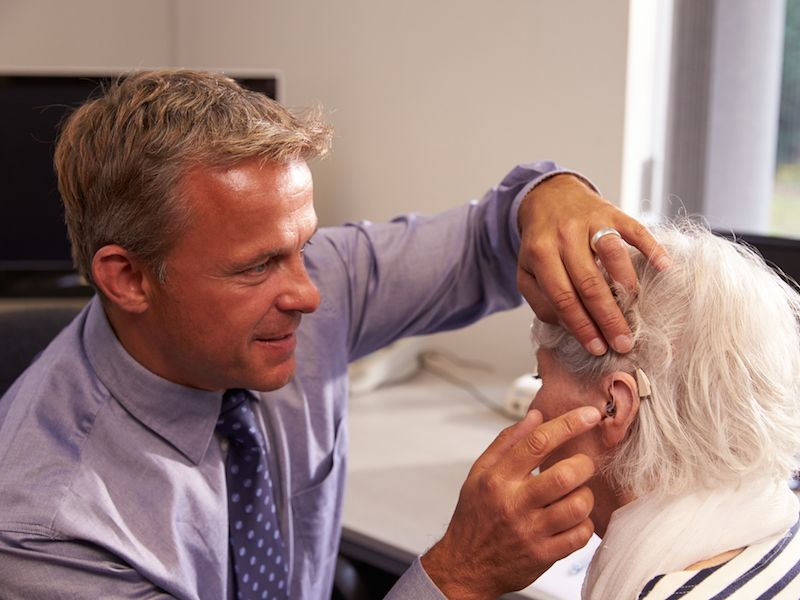
The numbers don’t lie: you will probably require hearing aids someday. A report from NIDCD states that around a quarter of all individuals between the ages of 60 and 75 have some form of loss of hearing, and that figure jumps up to 50% for those 75 and older. But how can you be certain which model is correct for you when you realize it’s your best chance of combating hearing loss? Advancements in technology over the years have fixed some of the issues generally connected to hearing aids, like an excessive amount of background noise and susceptibility to water damage. But to make sure your choice of hearing aid is correct for you, there are still things you need to think about.
Look Closely at Directionality
Directionality is one key function you should look for, which is the ability for your hearing aid to focus on the specific noise around you (like a conversation) while keeping background noise to a minimum. Most hearing aids have different directionality systems, which either focus in on the sound right in front of you, the sound that’s coming from different speakers, or a combination of both.
Will Your Hearing Aid Interact With Your Phone?
As a country, we’re addicted to our phones. Even if you don’t have a smartphone, chances are you have a flip phone. And on the off-chance that you don’t have any type of cell phone, you probably still have a land-line. So, when you’re testing different hearing aids, you should test how they work with your phone. How does it sound? Are you able to discern voices precisely? Is it Comfortable? Are there any Bluetooth connection options available? These are all of the things you should take into account when looking at new hearing aids.
Are You Inclined to Wear it?
In the past few years, as noted above, the development of hearing aids has vastly improved. One of those advances has been the size and shape of hearing aids, which are a great deal smaller nowadays. But there are definitely pros and cons. A more compact hearing aid might not be as powerful as a bigger one, so it mostly depends on your hearing specialist’s suggestion and what you want to accomplish with your hearing aid. You can get a hearing aid that fits right into your ear canal and is all but invisible, but it won’t have many of the features available in larger hearing aids and will be prone to earwax clogs. On the other side of it, a behind the ear hearing aid is bigger and may be more obvious, but often come with more directionality features and provide more options for sound amplification.
What Kind of Background Sound Will You be Exposed to?
One of the leading problems since hearing aid technology has been invented has been wind noise and the havoc it wreaks on users. Being outside during a windy day with a traditional hearing aid once meant that you couldn’t pick up anything but the wind, which is enough to drive anyone crazy. If you’re an outdoors kind of person or you live in a windy place, you’ll want to get a hearing aid that suppresses wind noise so you can carry on conversations at a normal volume and avoid the headaches that are linked to hearing aid wind noises. Educate yourself about the many different hearing aid options available to you. Call us.